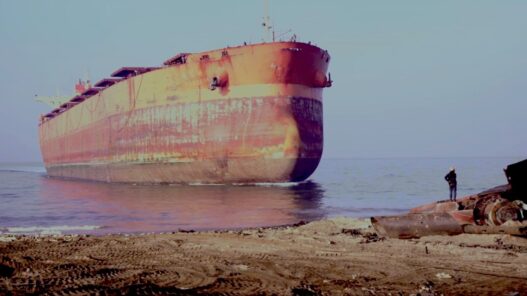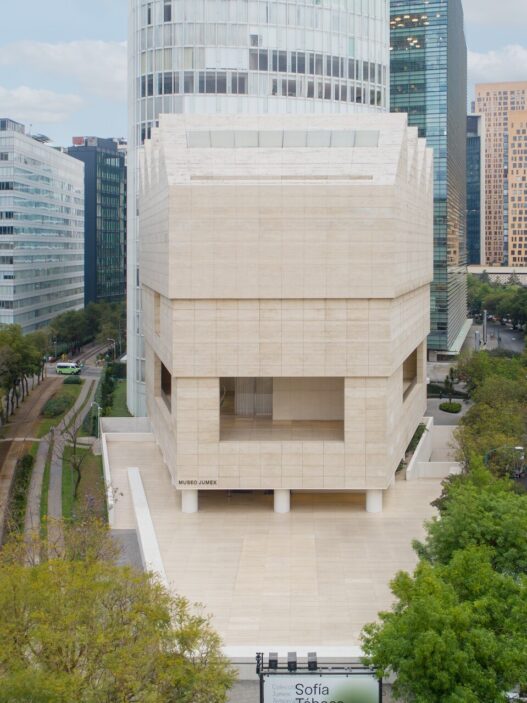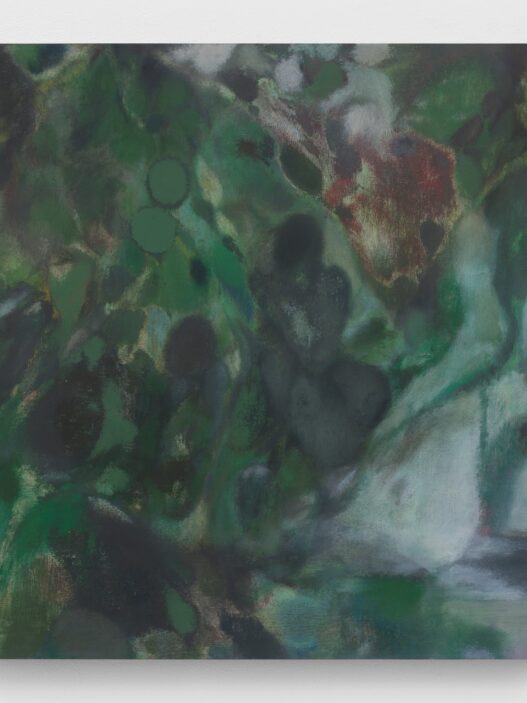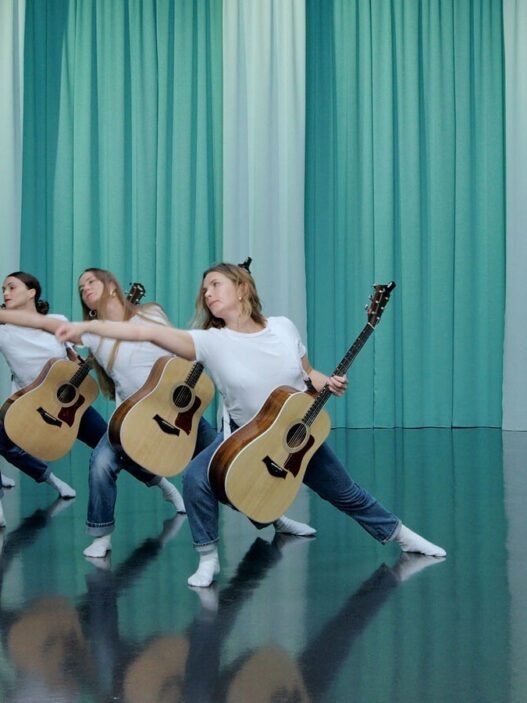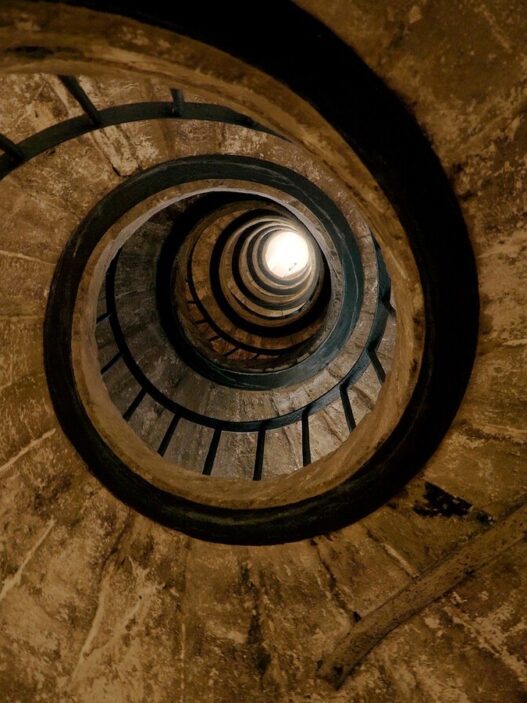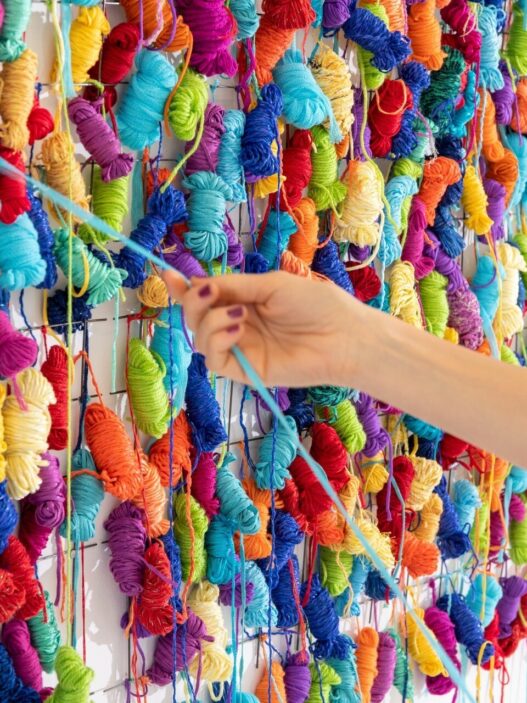In neo-colonial frameworks of exploitation, the territorial movements of waste are addressed along colonial geographies that include both the exporting of trash and the waste produced during raw material extraction. Here, one area of emphasis is on the metals and rare earths required for the manufacture of electronic communication devices.
Today’s industry of waste disposal is increasingly automated. Modern waste management facilities represent the division between society and its trash in their design. It is intended for waste and its disposal to be as undetectable as feasible. At the same time, social hierarchy, exclusion, and even stigmatization are all directly related to contact with waste materials and the physical labor required for cleaning. This societal aspect, which includes racial and gender-related issues, serves as a second thematic focus.
The exhibition also includes pieces that address ocean, water, and air pollution. They firmly put a stop to the still common romantic notion of untainted nature and make waste’s microscopic dimension, which is not immediately obvious, visible. Our trash is now found everywhere in the ecosphere.
A fourth area of concentration is what is known as Territories of Waste, which includes war zones, artificial wastelands, devasted landscapes, and disaster areas. Our industrialized and nuclear era’s imprints are seen in the landscape. Wasteland, however, refers to both loss and promise due to its dual connotation of both sterile, unproductive soil and fallow, underutilized land.
The exhibition furthers its exploration of garbage and cleaning in the digital domain in a different segment that transcends physical and geographical boundaries. What transpires to the data we “trash”? It turns out that data doesn’t simply vanish even after being removed.
Finally, the presentation investigates the potential of trash for new ways of thinking and living, as well as for new relationships, using the notions of compost, humus, and cohabitation. These pieces cross over and connect the fields of nature and culture, as well as people and their surroundings.
Artists: Arman, Helène Aylon, Lothar Baumgarten, Anca Benera & Arnold Estefán, Joseph Beuys, Rudy Burckhardt, Carolina Caycedo, Revital Cohen & Tuur Van Balen, Julien Creuzet, Agnes Denes, Douglas Dunn, Julian Aaron Flavin, Nicolás García Uriburu, Hans Haacke, Eric Hattan, Eloise Hawser, Fabienne Hess, Barbara Klemm, Max Leiß, Diana Lelonek, Jean-Pierre Mirouze, Hira Nabi, Otobong Nkanga, Otto Piene, realities:united, Romy Rüegger, Ed Ruscha, Tita Salina & Irwan Ahmett, Tejal Shah, Mierle Laderman Ukeles, Raul Walch, Pinar Yoldaş.
Curator: Dr. Sandra Beate Reimann
Opening: September 13, 6:30pm
Events
Ennui Public Haze (Stream Plays), 2022: September 17, 11am–12:30pm
Performance: Walk with artist Romy Rüegger.
More walks: Saturday, September 17; Saturday, September 24; Sunday, September 25; Friday, November 11; Sunday, January 8, 2023. Starting at 11am, 1:30pm, and 4pm
Roundtable with Hira Nabi and Tita Salina & Irwan Ahmett: September 22, 7pm
Moderated by Alice Wilke and Dr. Sandra Beate Reimann
Lecture performance with Dr. Pinar Yoldaş: October 20, 7pm
An Ecosystem of Excess; Metabolising Plastics, 2022
Art Taaalkssss at Institute Art Gender Nature, HgK FHNW: Mierle Laderman Ukeles: November 3, 5:30pm, Elise Lammer and Dr. Sandra Beate Reimann in conversation with the artist Mierle Laderman Ukeles (in English)
HGK FHNW, Dreispitz, auditorium (D1.04) and via Zoom (dertank.ch/art-taaalkssss)
Lecture performance with Anca Benera and Arnold Estefán: November 24, 7pm
Testimony of a Sandgrain, 2022
Museum Tinguely
Paul Sacher-Anlage 1
CH-4002 Basel
Switzerland
Hours: Tuesday–Sunday 11am–6pm,
Thursday 11am–9pm
[email protected]









